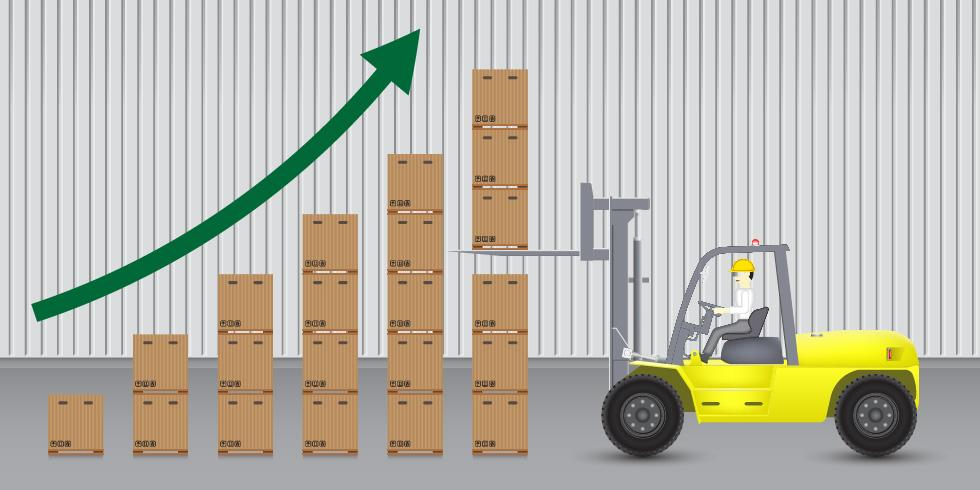Over the years, I’ve worked with many of the well-known enterprise resource planning (ERP) software solutions that have been designed specifically for the wholesale/distribution industry. Invariably, these ERPs have been designed to group items in some unique or specific way – with varying degrees of success. The best ERPs help managers review item movement histories to make smart replenishment decisions and/or analyze past sales data to build their sales plans.
However, I’ve found that few managers in the distribution industry ever challenge the default item management settings of their ERPs. It seems that a common practice is to simply group items by vendors, Standard Industrial Codes (SICs), or similar one-dimensional criteria. I can’t say that these approaches won’t help with managing the distributor’s database. Clearly, it works for many! But there is opportunity to do more if you want to grow your bottom-line profits.
In fact, with the rise of ‘big data’ you should realize that your competitors are working in new, innovative ways. Industry leaders know that being just like everyone else will take them down the road to insignificance. For that reason, distributors who plan to prosper in the future cannot simply take a common approach. It’s imperative that you implement industry best practices.
One of the most influential studies into distribution industry best practices was conducted by the Council for Research on Distributor Best Practices (CRDBP) in its report, ‘Customer Stratification: Best Practices for Boosting Profitability.’ An important takeaway from the CRDBP’s breakthrough research was how Customer Stratification can help distributors think more critically about item classification. In doing so, distributors gain the benefit of understanding what groups of items are most critical to their company’s growth and profitability; and which groups of items are not.
In my experience, pressure from the channel can often cloud otherwise sound purchasing decisions. Distributors are frequently persuaded to stock new, trendy, or other promising items that will purportedly give their sales a pop. In reality, what almost always sustain the distributor’s business are sales from the products that are most meaningful to their customers – not to their suppliers!
Consider a distributor who has revenues of $40 million annually. It is my contention that more often than not, the distributor should not take a chance stocking an item that offers little to no relational value to its core marketing strategy. Let’s do the math.

Suppose that a single product group accounted for $100,000 in revenues. That group by definition can not be a focus for the company ($100K/440M = .0025, or ¼ of 1%). Even if the sales in this category doubled or tripled, it still would not make a significant difference to the company’s total performance.
To get measurable results, a distributor needs to focus on the groups of related items that matter the most to company growth. By contrast, for the $40 million distributor: if there were 8 groups of items each ranging from $3 to $10 million in revenues, this would represent a much more meaningful grouping of products. The items within these products groups are where you should explore potential upside opportunities with your suppliers.
Customer Stratification analysis can identify those specific customers who buy from only a few of the product groups on offer. You might target these opportunistic customers with promotions for the other product groups you sell. Customer Stratification analysis can help you quantify the potential. With this data, you can approach suppliers proactively: ask your suppliers how they can help you deepen relationships with those customers who should be buying more from you.
It follows that in gaining greater insight into customer’s needs and preferences, best practices in item management can help distributors:
- Improve cash management by making investments in the products that are most important to their customers
- Increase customer satisfaction by deepening investment in related stocking lines
- Gain negotiating strength with vendors













